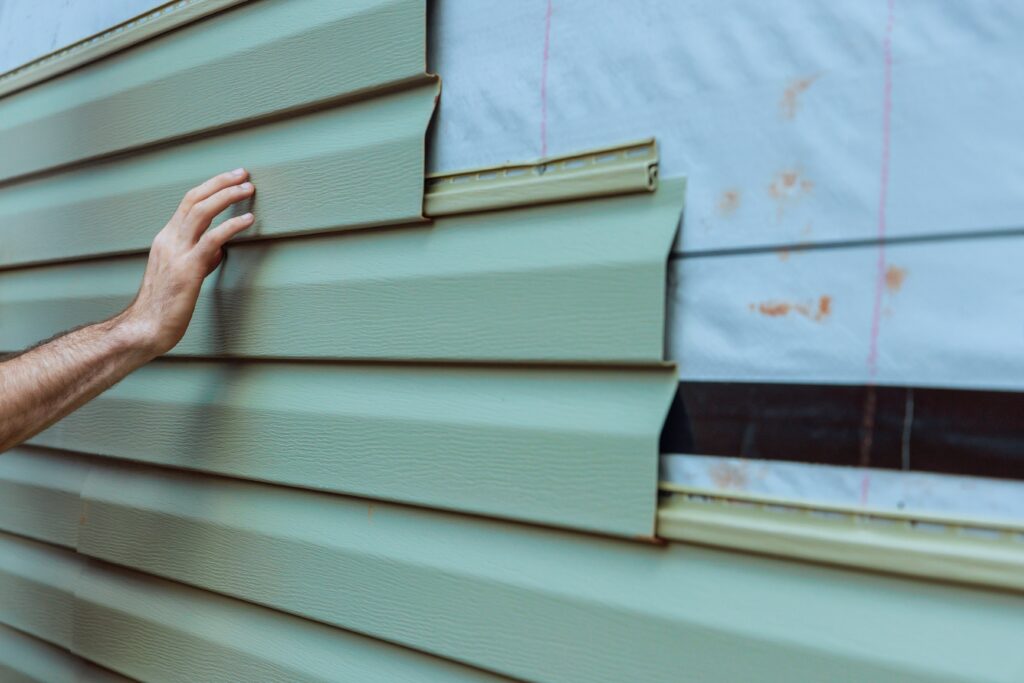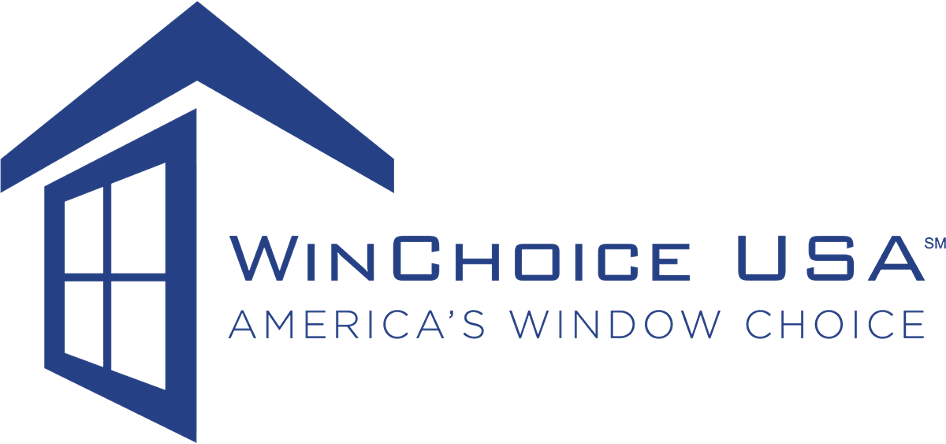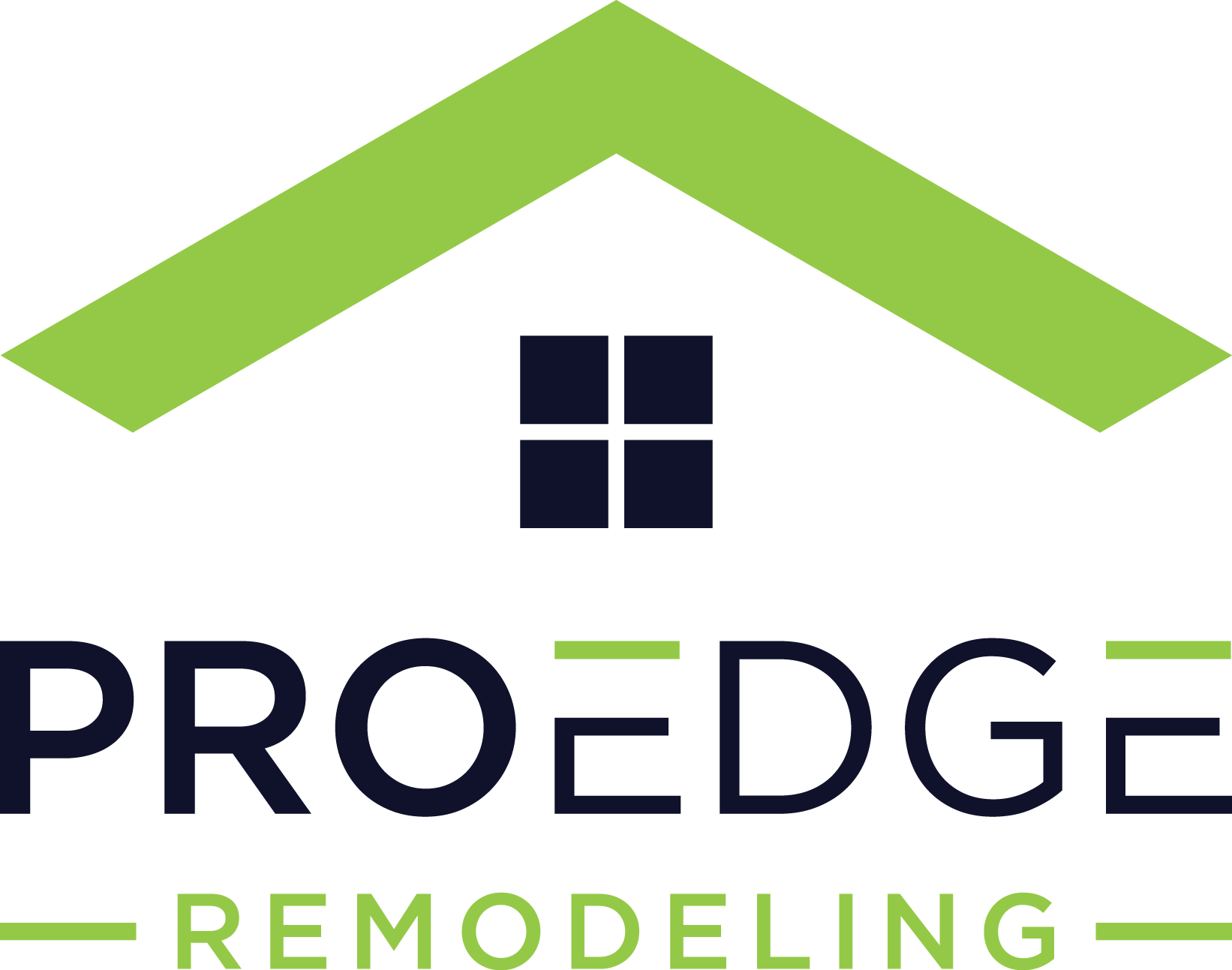How Much Does It Cost to Re-Side a House?

*Updated November 17th, 2025
Re-siding your home is one of the most effective ways to upgrade its exterior. From boosting curb appeal to improving insulation and weather resistance, new siding offers both visual and practical benefits. Since siding cost can vary widely based on material and sq ft, knowing what to expect in 2025 helps you choose the best option for your budget and needs.
If you’re just starting to plan, a simple siding cost calculator or project cost calculator can help you estimate the cost of siding per square foot for your sq ft house before you talk to a siding contractor.
Average Cost to Re-side a House
House siding cost varies widely depending on the material, size of the home, and the complexity of the job. Most homeowners pay between $4 and $13 per square foot, which adds up to $10,000 to $32,500 for a 2,500 sq ft house. For a smaller 1,500 sq ft house, the typical siding replacement cost ranges from $6,000 to $19,500. Large homes with premium siding can exceed $40,000.
Project costs are generally split between materials and labor. Materials usually make up 50 to 55 percent of the total siding cost, while labor cost accounts for the remaining 45 to 50 percent. A $20,000 siding project would include around $10,000 to $11,000 in material cost and $9,000 to $10,000 in labor.
You can use these numbers as a baseline or plug them into a siding cost calculator to estimate the final cost of your own siding replacement project.
Cost Examples by Home Size
- 1,000 sq ft home: $4,000 – $13,000
- 1,500 sq ft home: $6,000 – $19,500
- 2,000 sq ft home: $8,000 – $26,000
- 2,500 sq ft house: $10,000 – $32,500
These price ranges account for everything from standard vinyl siding to high-end materials like fiber cement siding, brick, and stone veneer, giving you a clearer sense of where the project cost for replacing your siding may land on the cost spectrum.
Need professional help with your project?
Get quotes from top-rated pros.
Find Local Pros
Siding Material Options and Costs
Choosing the right siding material influences not just your upfront cost of siding, but also your home’s appearance, durability, and ongoing maintenance needs. Each type of siding material comes with its own benefits, drawbacks, and average prices, so understanding the differences is essential to making the best choice for your home.
Vinyl Siding
Vinyl siding costs $4 to $12 per square foot installed or $10,000 to $30,000 for an average 2,500 sq ft house. As America’s most popular siding choice, vinyl delivers excellent value through low maintenance requirements and impressive durability lasting 30 to 40 years.
Vinyl siding is one of the most budget-friendly siding options, and many siding cost per square foot estimates use it as the baseline.
Vinyl Siding Advantages
- Excellent weather resistance and fade protection
- No painting or staining required
- Lightweight siding installation reduces labor cost
- Wide variety of colors and textures available
- Most affordable option for many homeowners
Fiber Cement (James Hardie)
Fiber cement siding costs $6 to $15 per square foot installed, or $10,200 to $31,500 for an average house. This premium cement siding option combines durability with aesthetic versatility, offering superior fire and weather resistance compared to traditional wood siding.
Fiber cement siding costs more upfront but often delivers a strong return on investment.
Fiber Cement Benefits
- Class A fire resistance rating
- Withstands hurricane-force winds and hail
- Available in wood, stone, and smooth textures
- 30–50 year manufacturer warranties
- Excellent long-term value and ROI
Wood Siding
Natural wood siding costs $7 to $23 per square foot installed, making it one of the pricier siding materials. However, wood provides unmatched natural beauty and can be customized through staining or painting to achieve almost any look.
Wood Siding Considerations
- Requires regular maintenance every 3–5 years
- Susceptible to pest damage and moisture issues
- Premium cedar and redwood offer better durability
- Can last 50+ years with proper care
- Higher initial siding cost justified by timeless appeal
Engineered Wood
Engineered wood typically costs between $3,000 and $5,000 for installation on an average house, making it an affordable alternative to natural wood. This manufactured product combines wood fibers with resins and protective treatments to create a durable, pre-finished material.
Metal Siding (Aluminum and Steel)
Metal siding costs $7 to $16 per square foot installed for steel or $6 to $10 per square foot installed for aluminum siding. Metal options provide exceptional durability and fire resistance, though they come with higher upfront costs.
Metal Siding Features
- 40–70+ year lifespan with proper maintenance
- Non-combustible fire protection
- Excellent for extreme weather climates
- Modern aesthetic appeal
- Recyclable and environmentally friendly
Brick and Stone Veneer
Premium masonry options represent the highest-cost house siding materials, with stone siding installation ranging from $30 to $48 per square foot. However, these materials offer unmatched durability and can last centuries with minimal maintenance.
Brick siding and manufactured stone are often chosen for accent walls or full home siding on higher-end projects where long-term durability outweighs the higher siding cost.
Additional Cost Factors
Beyond the siding material you choose, several factors influence your total project cost and the overall cost to replace siding or reside a house.
House Size and Complexity
The size of your home is one of the most important cost factors. Multi-story homes require scaffolding and specialized safety equipment, increasing installation cost and labor cost by 20–40%. Architectural features like dormers, bay windows, and intricate trim work add complexity and expense to any siding project.
Removal of Old Siding
Removing old siding costs $0.70 to $2.00 per square foot extra. This essential step ensures proper installation but adds $1,400–$4,000 to a typical 2,000 sq ft project. Some contractors include removal in their base quotes, while others charge separately—always clarify what’s included when comparing siding contractor estimates.
Insulation and Moisture Barriers
Upgrading insulation during siding replacement costs $1.00 to $4.50 per square foot, but provides long-term energy savings. Modern building codes often require weather-resistant barriers, adding $150–$300 to project costs while protecting your investment.
Geographic Location
Labor rates vary significantly by region. Urban areas with higher costs of living typically charge 25–50% more than rural markets. Also, some regions require permits costing $30–$200, depending on local building department requirements—these can affect the final cost of replacing your siding.
Labor Costs for Siding Installation
Labor costs for siding installation typically range from $1 to $4 per square foot, depending on the complexity of the job and your geographic location. Alternatively, some siding contractors charge by the hour, with rates averaging $40 to $75 per hour. Professional installation not only ensures proper fit and weather resistance, but also preserves product warranties.
Key Factors That Affect Labor Costs
- Home size and layout: Larger or multi-story homes require more time and skill.
- Accessibility: Tight spaces or sloped terrain can increase labor effort.
- Material type: Heavier materials like fiber cement or stone siding take longer to install.
- Regional labor rates: Costs vary significantly based on local demand and wage norms.
- Season and demand: Scheduling your project during peak seasons can increase labor cost due to contractor demand.
DIY vs. Professional Installation
DIY siding installation could save anywhere from $3,000 to $8,000 in labor on an average house, but it comes with considerable risk. Professional installers:
- Ensure code compliance and weatherproof sealing
- Provide workmanship warranties
- Help prevent costly mistakes that could lead to moisture damage or voided product warranties
Unless you have prior experience and the proper tools, hiring a licensed siding contractor is usually the safer and more cost-effective choice, especially on a full siding replacement project.
How to Save on Residing Your Home
You don’t have to compromise on quality to reduce siding cost. With smart planning and informed choices, you can stretch your budget while still achieving great results and a manageable cost for siding.
Time Your Project Strategically
Choosing the right season for your siding installation can lead to significant savings.
- Schedule installation during off-peak times like early spring or fall.
- Avoid midsummer, when demand drives prices up by 15–25%.
Optimize Material Selection
The siding material you choose plays a major role in the total cost.
- Choose standard-grade siding instead of premium lines for similar durability at a lower cost.
- Smooth textures tend to be less expensive than deeply embossed options.
- Neutral colors are typically more affordable and easier to find.
Get Multiple Quotes and Bundle Work
Gathering bids and combining projects can lower your total siding replacement cost.
- Request at least three estimates from licensed siding contractors to compare pricing and scope.
- Bundle siding work with roofing or window replacements to negotiate package discounts.
Make Smart Product Choices
Some practical decisions during purchasing can add up to major savings.
- Buy materials in bulk to save on material cost.
- Opt for factory-painted siding to avoid extra painting costs.
- Use builder-grade siding where high-end options aren’t necessary.
- Consider partial replacements if only sections of your old siding are damaged.
A simple siding cost calculator can also help you estimate your siding budget as you compare materials and finishes.
Return on Investment (ROI)
Installing new siding isn’t just a cosmetic upgrade—it’s also one of the highest-return home improvements you can make. On average, homeowners recoup more than 80% of their siding investment, with additional long-term benefits that extend beyond resale value.
ROI by Material Type
Different siding types offer varying levels of return, depending on cost, appearance, and buyer appeal.
- Vinyl siding: 80–94% ROI
- Fiber cement siding: 76–88% ROI
- Wood siding: Around 77% ROI
- Metal siding: Up to 86% ROI
- Manufactured stone: Can exceed 100% ROI in some markets
Long-Term Value Benefits
In addition to resale returns, home siding delivers ongoing advantages:
- Lower maintenance and repair costs
- Enhanced weather resistance and protection
- Improved curb appeal and home value
These benefits contribute to your overall return on investment over the life of the siding.
Energy Efficiency Savings
High-quality siding installation with proper insulation improves your home’s energy performance:
- Insulated vinyl and fiber cement can cut heating and cooling costs by 10–25%
- Lower energy bills compound over time, boosting effective ROI
- Some materials may qualify for energy efficiency tax credits or incentives
FAQs
How long does siding replacement take?
Most siding replacement projects take 1–3 weeks, depending on house size and complexity. Simple ranch-style homes may be completed in 5–7 days, while multi-story homes with architectural details require 2–3 weeks.
Should I remove old siding before installing new?
Professional assessment determines whether removal is necessary. Well-attached, flat siding in good condition can sometimes serve as a substrate, reducing the cost to replace siding. However, damaged or deteriorating siding must be removed to ensure proper installation and accurate house siding cost estimates.
What’s the most durable siding material?
Fiber cement and metal siding offer some of the best durability, lasting 50–100 years with proper maintenance. While vinyl siding provides excellent value for 30–40 years, premium materials justify higher siding cost through extended lifespan.
Can I replace siding in winter?
Professional siding installation can occur year-round, though extreme weather may cause delays. Winter installation often provides cost savings due to reduced contractor demand, making it an attractive option for budget-conscious homeowners in 2025.
Conclusion
Re-siding your home is a substantial investment that offers lasting returns in curb appeal, energy efficiency, and protection. In 2025, siding cost typically ranges from about $10,000 for standard vinyl siding on a smaller home to over $40,000 for high-end materials such as stone veneer on a larger sq ft house.
Choosing the right option begins with a clear understanding of:
- Your budget and cost to install
- The siding material you choose
- The size of your house and project complexity
Whether you want to reduce maintenance, improve appearance, or increase durability, the right siding can completely transform your exterior and enhance long-term value.
Ready to estimate your own numbers? Use a siding cost calculator to get a quick ballpark, then contact licensed siding contractors in your area for detailed quotes and a personalized siding replacement plan.

Anna has over six years of experience in the home services and journalism industries and serves as the Content Manager at MyHomePros.com, specializing in making complex home improvement topics like HVAC, roofing, and plumbing accessible to all. With a bachelor’s degree in journalism from Auburn University, she excels in crafting localized, comprehensive guides that cater to homeowners’ unique needs. Living on both coasts of the United States has equipped her with a distinctive perspective, fueling her passion for turning any house into a cherished home through informed, personalized decision-making.
Connect with top-rated local contractors who can help you with siding, roofing, HVAC, windows, and more. Get free quotes from verified professionals in your area today.








